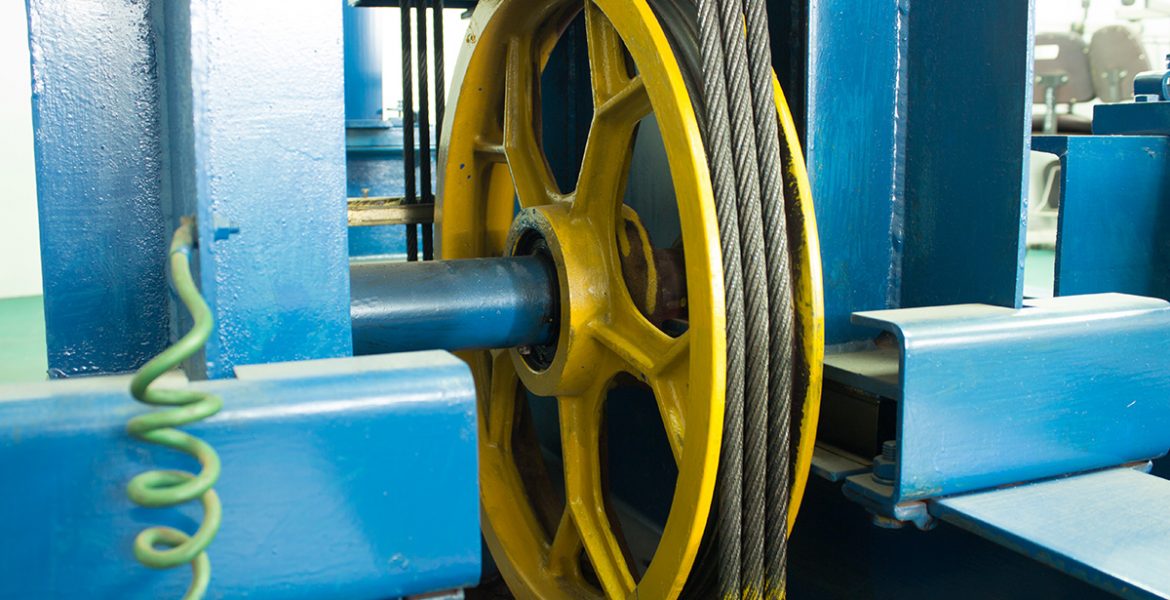Understanding Platform Lift Dimensions: Important for Efficient Lift Service
Understanding Platform Lift Dimensions: Important for Efficient Lift Service
Blog Article
An Extensive Strategy to Enhancing Performance Through Strategic Lift Repair Techniques
A methodical and strategic method to lift repair service and upkeep is essential to optimize efficiency and reduce downtime. By addressing typical lift problems, carrying out positive maintenance procedures, and developing targeted repair service plans, facilities can maximize their lift systems to operate at peak performance degrees.
Significance of Lift Efficiency Optimization
Recognizing the importance of maximizing lift performance is vital for making certain trusted and reliable vertical transportation systems in different buildings and structures. Lifts are necessary components of contemporary infrastructure, giving vertical wheelchair for residents and products within structures of varying elevations. By enhancing lift efficiency, structure proprietors and center managers can boost user experience, improve power effectiveness, and rise overall operational performance.
Efficient lift efficiency optimization involves various aspects, including rate, ability, energy security, upkeep, and intake demands. Properly maximized lifts can minimize wait times for customers, especially in high-traffic buildings, leading to improved fulfillment and performance. Additionally, optimized lifts contribute to energy cost savings by making use of innovative control systems and technologies that lessen power usage without endangering efficiency.

Identifying Common Lift Issues
Determining common lift concerns is essential for preserving the functional efficiency and safety and security of upright transportation systems in buildings. Recognizing these concerns can help avoid breakdowns, lower downtime, and extend the life-span of the lift tools. One common problem that building managers and maintenance groups commonly encounter is uneven or jerky motions during procedure. This concern can be a measure of problems with the lift's electric motor, control system, and even the placement of the lift auto.
One more common lift problem is odd noises originating from the lift shaft or equipment room. These noises can range from grinding or scraping sounds to loud clunking noises, all of which may signify underlying mechanical issues that require instant focus. Furthermore, regular door malfunctions, such as doors closed or closing effectively, can interfere with the smooth circulation of travelers and position safety risks.
Carrying Out Proactive Maintenance Measures
To optimize the efficiency and longevity of lift systems, positive maintenance steps play a vital role in making certain functional integrity and safety. lift servicing companies. Executing aggressive upkeep involves methodically examining, maintenance, and repairing parts prior to they fall short, therefore protecting against pricey downtime and potential safety threats. Consistently arranged evaluations can help identify small problems prior to they escalate into significant issues, ultimately extending the life-span of lift systems
One secret element of positive upkeep is producing a detailed maintenance timetable based upon producer referrals and sector best techniques. This schedule needs to outline jobs such as lubrication, positioning checks, and part substitutes at specified intervals. In addition, carrying out condition monitoring strategies, such as vibration evaluation and thermal imaging, can help discover very early signs of wear or malfunction.
Moreover, training maintenance team on correct examination strategies and precautionary maintenance treatments is vital for the successful execution of proactive upkeep procedures. By fostering a culture of positive maintenance within a company, lift systems can run at peak performance degrees, decreasing disruptions and guaranteeing the safety of users.
Establishing Targeted Fixing Plans
Upon evaluating the maintenance documents and performance information, the design team can establish targeted repair work strategies to maximize and resolve details concerns lift system performance. These repair strategies are tailored to the recognized problems, making certain that sources are focused on fixing critical concerns effectively. By prioritizing repairs based upon their impact on performance and security, the targeted repair service plans assist lessen downtime and upkeep expenses while making the most of the lift system's integrity.
Establishing these plans involves a detailed evaluation of the lift system components, including motors, cables, brakes, and control systems. With this detailed evaluation, the engineering group can figure out the source of any type of malfunctions or degradation in performance. This information is then utilized to create a roadmap for the repair procedure, laying out the needed steps, timeline, and resources required to resolve each problem successfully.
Furthermore, targeted fixing plans may consist of preventative steps to improve the lift system's long life and efficiency. By proactively addressing prospective problems before they escalate, these plans contribute to the overall performance and safety of the lift system.
Using Data-Driven Insights
Using the power of data-driven insights is important in enhancing lift system performance and upkeep effectiveness. These anticipating upkeep approaches help prevent unforeseen breakdowns, decrease downtime, and prolong the life-span of lift systems.

Conclusion
In final thought, enhancing lift efficiency is critical for guaranteeing efficiency and safety in buildings. By recognizing typical lift problems, carrying out positive maintenance steps, establishing targeted repair work plans, and using data-driven insights, companies can enhance performance and lessen downtime. It is important to take a thorough method to raise repair service methods to make best use of functional efficiency and make certain the longevity of lift systems.
By attending to usual lift concerns, implementing proactive upkeep steps, and developing targeted fixing plans, centers can maximize their lift systems to run at peak performance levels.An additional prevalent lift concern is unusual sounds emanating from the lift shaft or equipment room.Upon evaluating the maintenance records and efficiency information, the design team can create targeted repair strategies to deal with specific issues and enhance lift system functionality. By focusing on fixings based on their effect on efficiency and safety, the targeted repair work plans assist lessen downtime and upkeep costs while optimizing the lift system's reliability.
It is essential to take an extensive approach to lift repair techniques to take full advantage of functional performance and guarantee the durability of lift systems.
Report this page